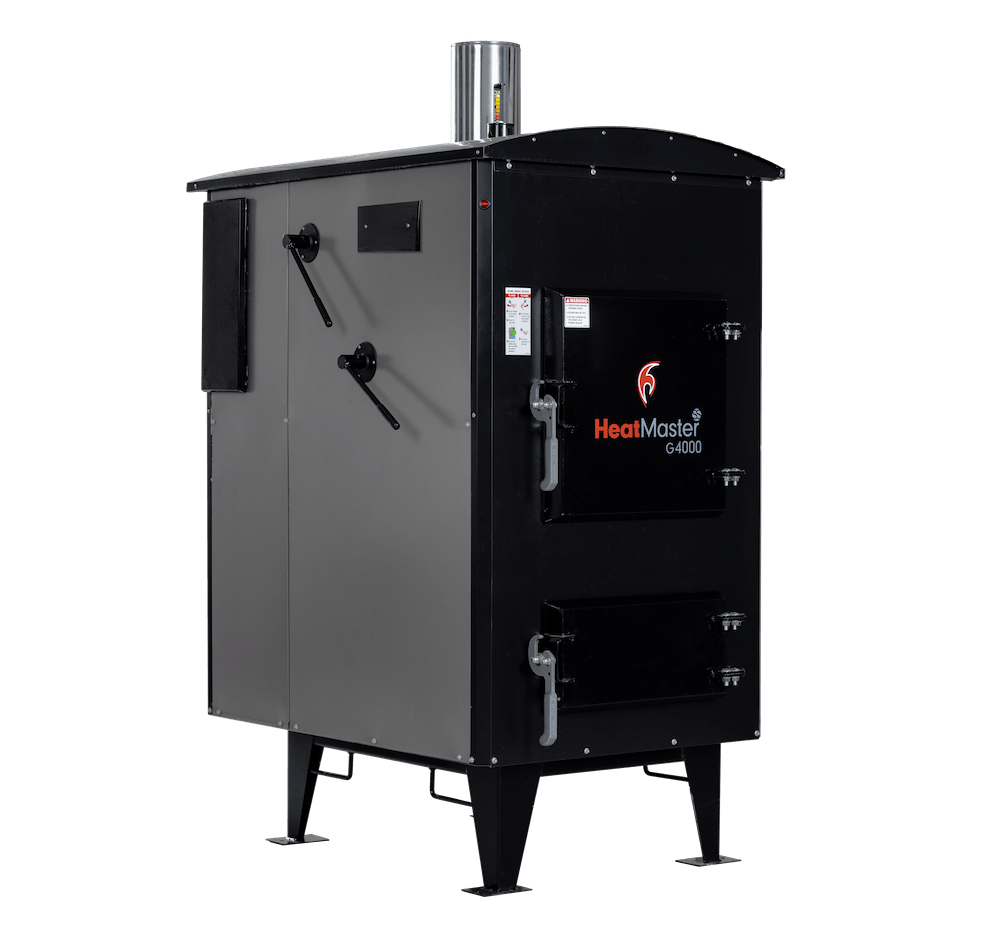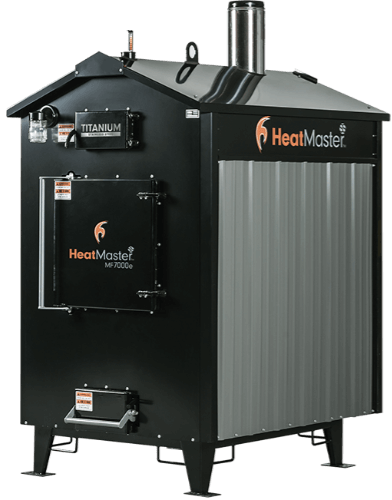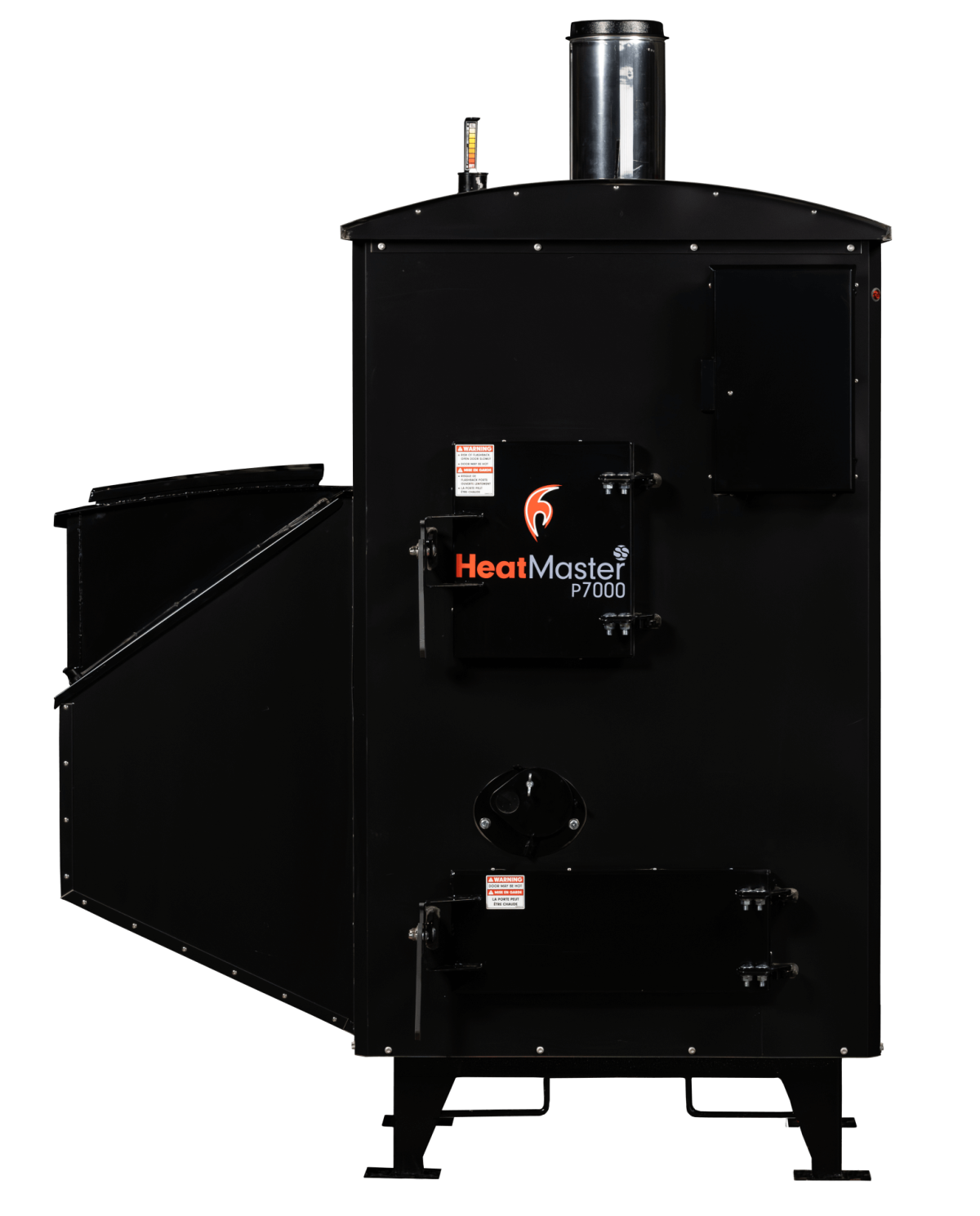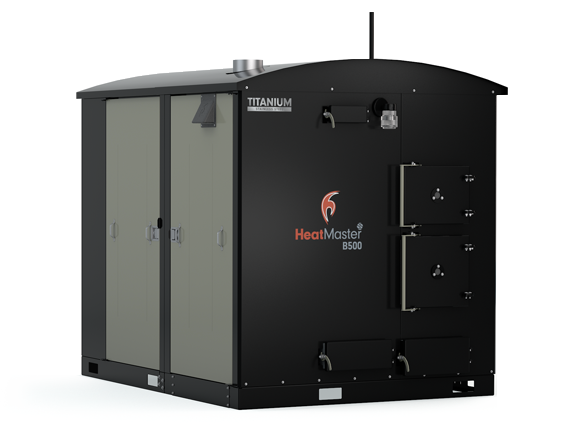What’s Creosote and Why Should I Care?
Creosote is a black or dark brown byproduct of slow burning or lower temperature wood that typically collects in the cooler stove pipes or chimney flues. Ranging from a dry soot to an oily tar with a shiny baked appearance, creosote is highly combustible and buildup can create a serious risk of fire.
Here are a few reasons why you might be experiencing creosote build up:
- Cool temperatures. Temperatures inside the flue (a duct, pipe or opening in a chimney or a furnace allowing exhaust gases to escape) are cooler, and when the smoke condenses, creosote often occurs. As creosote forms on the inner walls of the flue, buildup accelerates, changing from a powdery soot to a tar-like baked substance. This restricts ventilation and begins to render the furnace ineffective.
- Restricted air flow. Air is required for combustion, and without proper airflow in the furnace, lower temperatures and higher moisture create the perfect conditions for creosote to form. Make sure your furnace allows for proper air flow to achieve the most efficient burn/heating.
- Unseasoned firewood. Unseasoned firewood contains more than 20% moisture. When unseasoned firewood is burned, it creates less heat because most of the fire’s energy is used to burn away the moisture. Since the fire is cooler, the smoke condenses quickly, forming creosote on the flue’s surface.
Additionally, in the early 1980’s, tests were conducted to discover which kind of wood created the most creosote in a regular “open” fireplace. The results were surprising. Contrary to popular opinion, the hardwood’s, like oak and poplar, created more creosote than the softwoods, like tamarack and pine. The reason for this is that if the softwoods are dry, they create a hotter, more intense fire. The draft created by the hotter fire moves the air up the chimney faster! Because it is moving faster, the flue gas does not have as much time to condense as creosote inside the chimney. Also, because the flue gas is hotter: it does not cool down to the condensation point as quickly.
Unlike softwoods, dense hardwoods tend to smolder more, so their flue temperature is cooler. This creates more creosote condensation on the surface of the flue. The misnomer that pine builds up more creosote than oak just isn’t true! It is not the sap in wood that causes creosote.
Keeping creosote buildup at bay is not hard if you can catch it in its initial soot form. Remember to check your furnace regularly, avoid burning high moisture content wood and be mindful of ventilation.
If you’d like more information on wood burning stoves, maintenance and fuel sources, feel free to comment below and our team will gather content to share with you.




